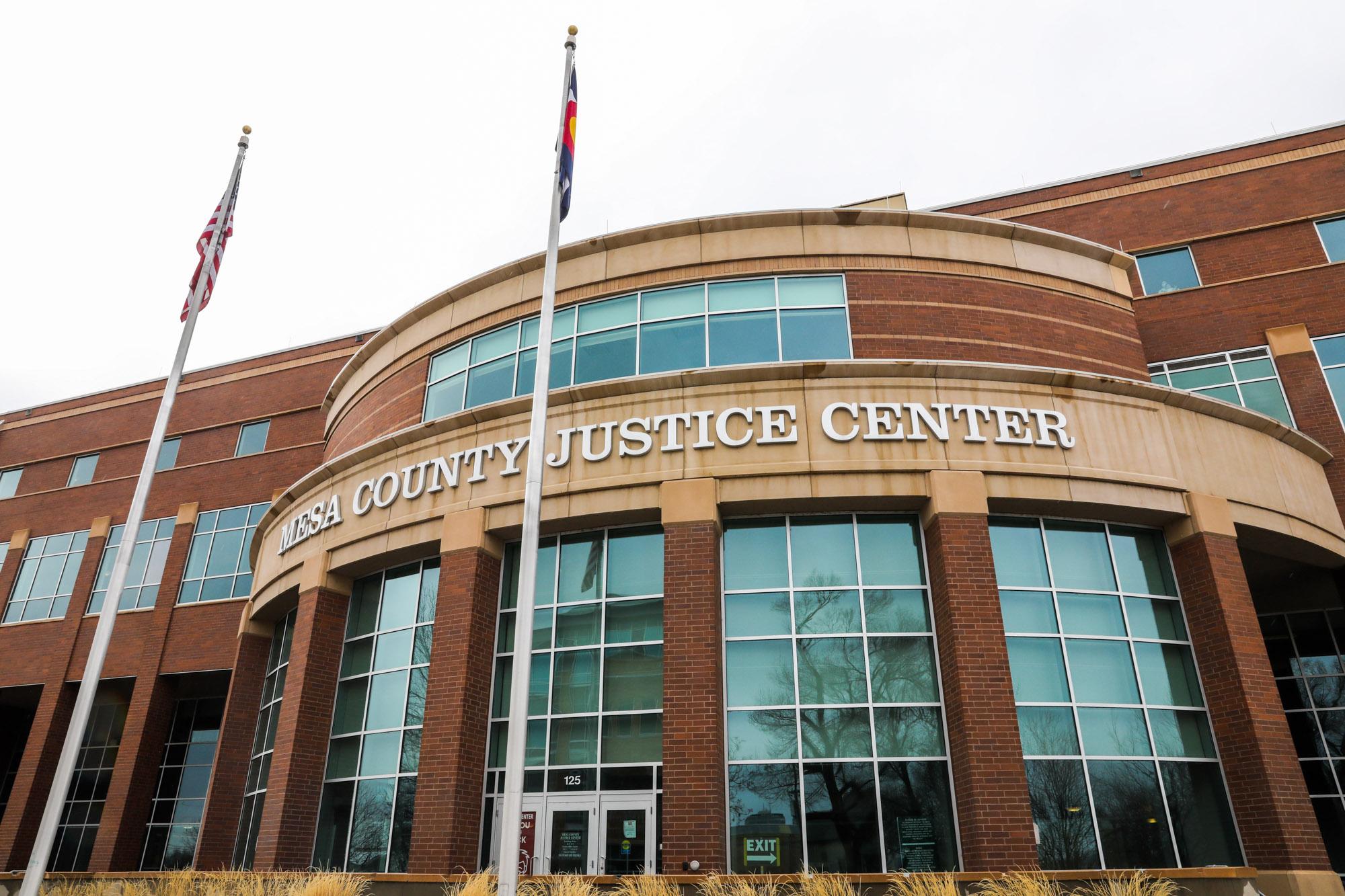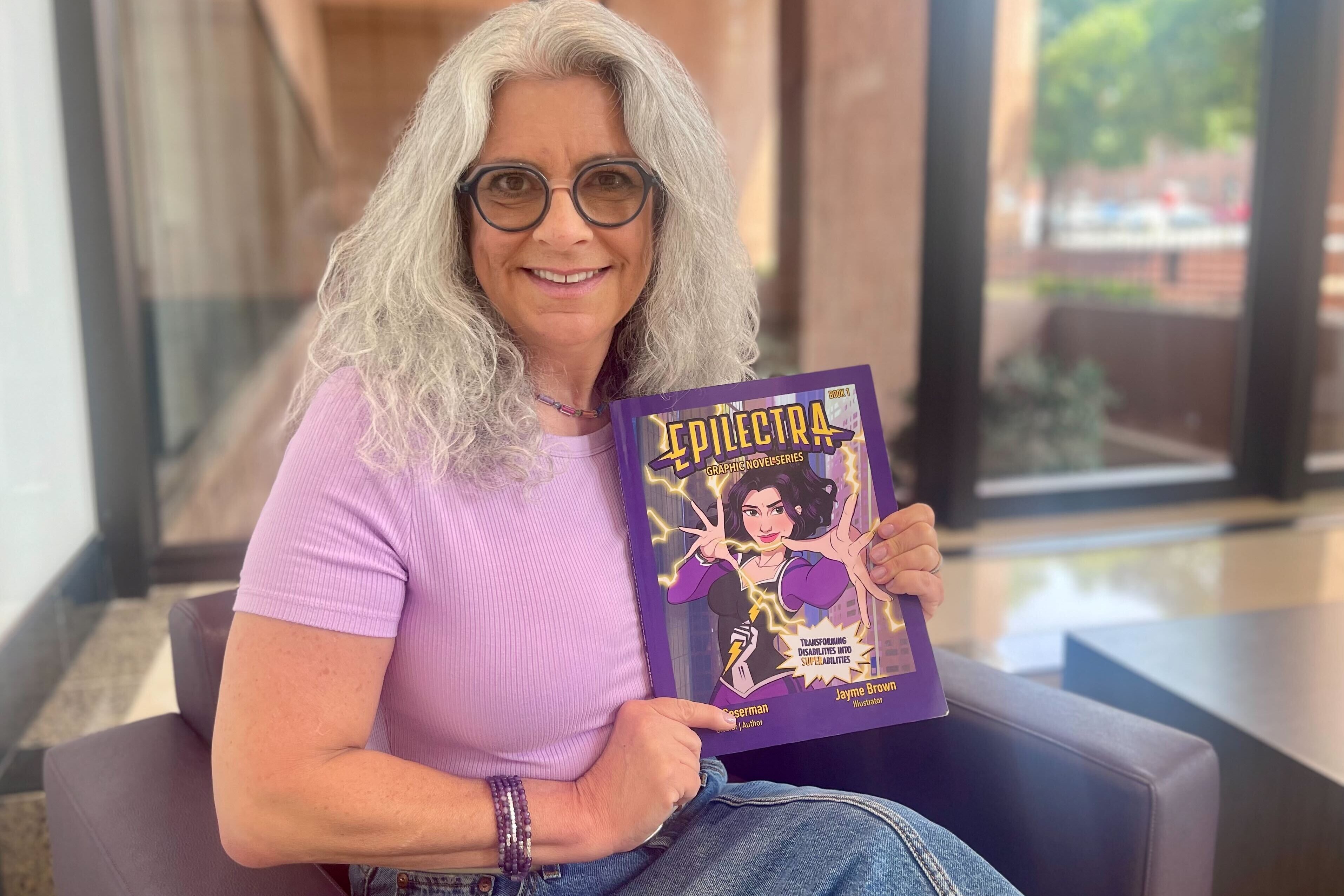
Updated at 6:14 p.m. on July 10th, 2023.
A new trial has been ordered for a Grand Junction man who was sentenced to life in prison for a string of bombings that killed two people in the 1990s.
Maria Delores Gonzales and Henry Ruble died in those bombings.
James Genrich was found guilty in 1993 of three counts of use of an explosive or incendiary device to commit a felony, one count of third degree assault and two counts of first-degree murder -extreme indifference.
Judge Richard Gurley of the 21st Judicial District cited faulty scientific analysis that was the primary driver of the conviction.
Attorneys from the Innocence Project represented Genrich in his appeal and presented new evidence in court last year disputing expert testimony that was used to convict Genrich.
The key piece of evidence used to convict Genrich was expert tool-mark analysis that contended markings made on the bombs could only have been made by tools owned by Genrich.
In his ruling, Gurley wrote:
“The newly discovered evidence not only impeaches that testimony but demonstrates that the testimony of the expert was unreliable because there are no scientific principles underlying or supporting Agent (John) O’Neil’s opinions that would render such testimony reliable and thus admissible,” the ruling said.
The case is one of several taken up in recent years by the Innocence Project, a nonprofit that seeks to exonerate people wrongfully convicted of a crime, that relied on what the group calls “junk science.” Chris Fabricant, director of strategic litigation at the Innocence Project, has written a book on such practices, which include techniques like bite-mark analysis.
“Mr. Genrich is very pleased that his request for a new trial was granted, and we look forward to next steps,” Fabricant told CPR News. “At this stage the judge has ordered a new trial, and the state will have to decide if they’re going to appeal the judge’s decision or if they’re going to retry Mr. Genrich or dismiss the indictment. So at this stage, it’s up to the prosecution on what will happen next.”
Dan Rubinstein, 21st Judicial District Attorney, told CPR news that an appeal is likely.
“We have been reviewing the decision and discussing our appeal," he said in an email. "At this point, we are heavily leaning towards appealing as we believe that the differences in the verbiage used by the experts during the original trial and that which is used by today's experts is not sufficient to cast doubt on the conviction, as there was overwhelming evidence of guilt beyond the tool mark evidence which was challenged here.”
A status conference for the case has been scheduled for the end of this month.
Original Conviction
The pipe bombings that occurred between 1989 and 1991 in Grand Junction made for one of the most notorious criminal cases in Mesa County history — even appearing in a 2007 episode of the true crime television series Forensic Files.
They began with an undetonated bomb found outside a hotel in April of 1989. Later, in 1991, three bombs would detonate and kill Maria Delores Gonzales, a child and Henry Ruble as well as injuring others.
The original trial was prosecuted by since retired district attorney Steve ErkenBrack in 1993. He is now a member of Colorado Public Radio's Board of Directors.
Investigators honed in on Genrich following a tip and later searched his house. They found pliers, a multi-tool, fuses and a circuit board that would later be connected to the bombings by Agent John O’Neil of the Bureau of Alcohol, Tobacco, Firearms and Explosives — the agent referenced in Monday’s ruling.
At trial, O’Neil testified that tools like the wire cutters found in Genrich’s residence were the only tools that could have been used to make the pipe bombs.
“Agent O’Neil opined that the three of Mr. Genrich’s tools were the only tools in the world that could have made certain marks found on pieces from the four bombs,” Judge Gurley wrote in Monday's opinion.
O’Neil was asked specifically at trial what he meant by the phrase “to the exclusion of any other tool.”
“That the individual jaw, the location within that jaw on that particular side, was identified as having cut the wire in question to a degree of certainty to exclude any other tool,” he said, according to court transcripts referenced in Gurley’s decision.
O’Neil said this was true of needle-nosed pliers used on the bomb, slip-joint pliers, as well as the wire cutter.
At that trial, the court also argued that Genrich lived within walking distance of two of the three bombing locations and had been seen near some of the areas where the bombs were detonated. The prosecutors also said Genrich had threatened to kill people in the past; said he had expressed frustrations with women; was familiar with the Anarchist Cookbook; and had taken coursework in electronics from DeVry Technical Trade Institute.
The jury agreed with the prosecutor, sentencing Genrich to life in prison on May 12, 1993. He’s currently being held at the Arkansas Valley Correctional Facility in Crowley County in the Southeastern corner of the state.
Pushback on appeal
Several appeal efforts to Genrich’s case to the Colorado Court of Appeals, which eventually remanded the case back to the 21st Judicial District for an evidentiary hearing. That hearing occurred in January, 2022, where lawyers from the Innocence Project argued that the toolmark analysis used in the 1993 case would not hold up to modern scientific standards.
The defendants pointed to several reports conducted beginning in 2008 that sought to apply more scientific rigor to evidentiary practices used in criminal cases. Those reports were conducted by the National Research Council, the National Academy of Sciences and the President’s Council of Advisors on Science and Technology.
They argued the Association of Firearm and Toolmark Examiners Theory of Identification that was used in analyzing the tool markings is “circular and subjective and allows examiners to find sufficient agreement without any reference to external standards or guidelines or numbers. It is based entirely on an examiner saying that they found sufficient agreement based on their own experience and training.”
However, Gurley’s ruling did not agree with the Innocence Project’s assertion that the tool mark analysis writ large does not rise to the level of rigor for the scientific community at large. Gurley argued such a ruling could be seen as dismissing the practice, or large portions of it, altogether.
“If the Court were to agree that a practice widely used by various law enforcement bodies throughout the United States is insufficient to constitute general acceptance it would raise the bar for general acceptance too far,” Gurley wrote.
Instead, the court agreed that it would be “inappropriate” for an expert to testify that a tool could be identified at the exclusion of every other tool in the world.
In order to receive a new trial, the defendant also needed to show that the new evidence “would probably produce an acquittal if offered at a retrial.”
In this case, that would depend upon the new evidence disputing tool-mark analysis being sufficient to disqualify the expert testimony provided at trial.
“The Court agrees that some of the toolmark evidence would still be admissible, but that the conclusion that Defendant’s tool created the toolmark to the exclusion of all other tools would not,” Gurley wrote. “The expert’s testimony, that the tool made the marks to the exclusion of all other tools, is exactly the kind of evidence that a jury might rest its decision on, and it strikes directly at the People’s burden of proof beyond a reasonable doubt.”
This story will be updated.









